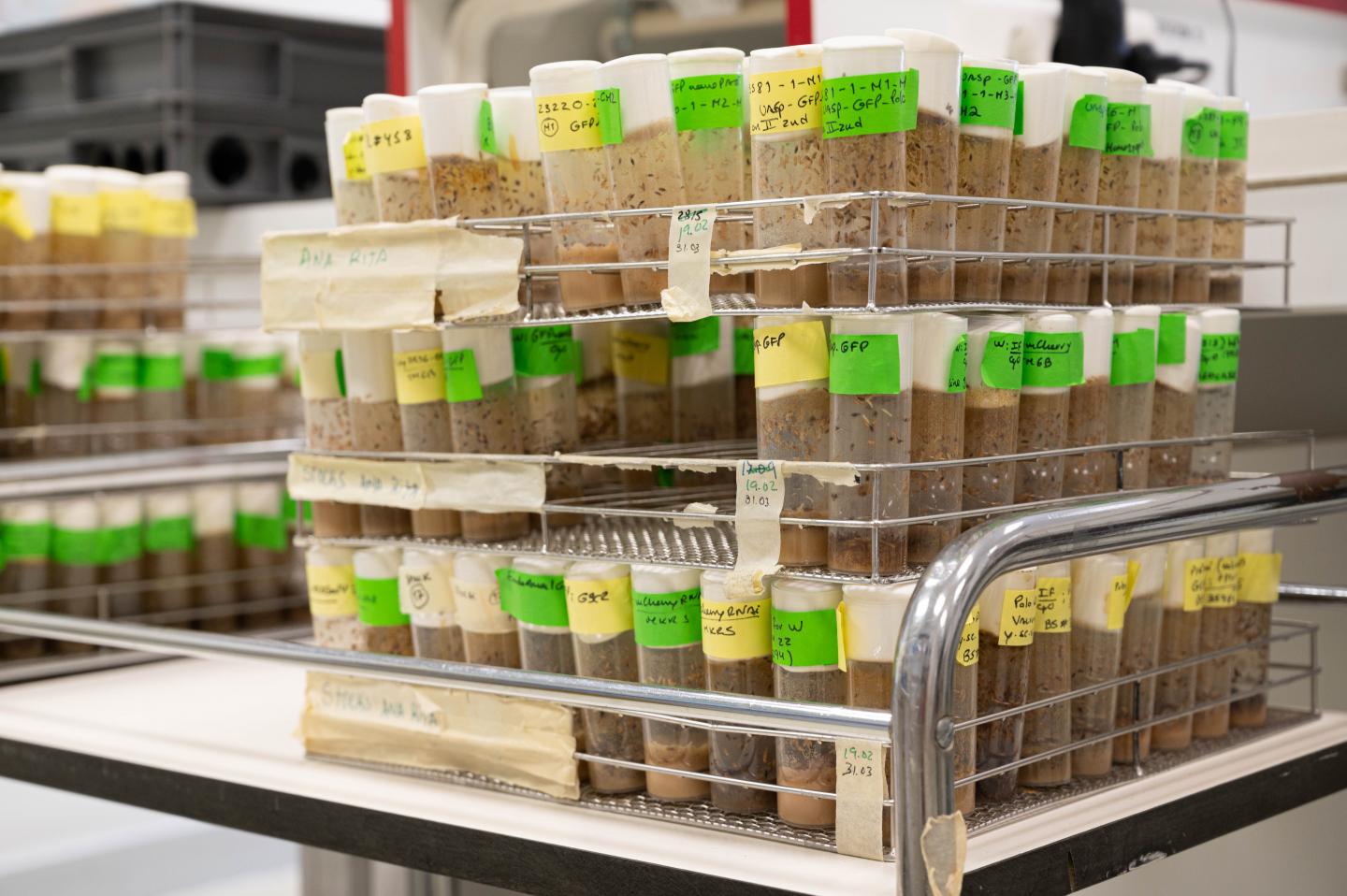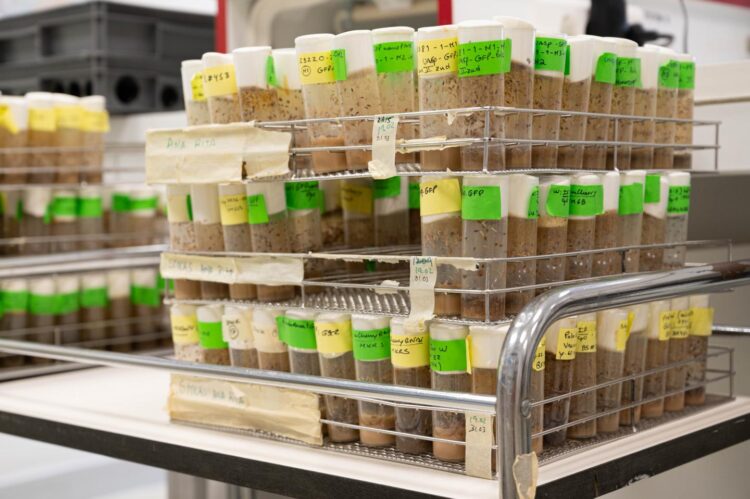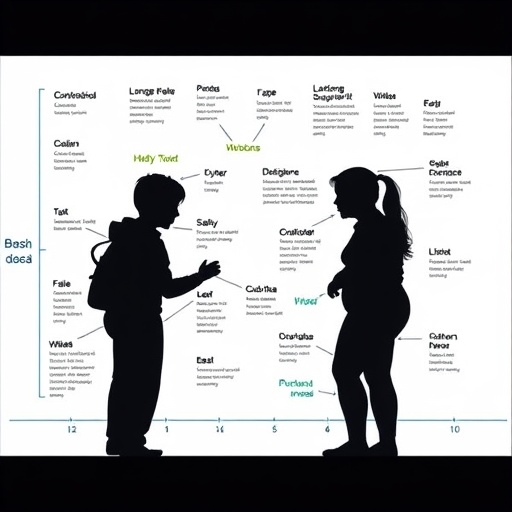A genetic approach offers new clues to the regulation of Wolbachia proliferation and the effect of over-proliferation on the insect hosts.

Credit: IGC 2021
Despite having been formalized as a species in 1936, Wolbachia pipientis remains an elusive microbe. The reason why relates to the relationship it establishes with its hosts. Wolbachia lives inside the cells of 40% of the arthropods, in their majority insects, intertwined in a symbiosis so complex that it can no longer survive on its own. “Guessing what it takes to grow and manipulate it outside the host might not be possible”, says Luís Teixeira, IGC principal investigator. And, so far, despite countless attempts, no one has succeeded in culturing this bacterium or modifying its genetic sequence.
Before joining the team led by Luís Teixeira, Elves Duarte was interested in studying the symbiosis between Wolbachia and mosquitoes. After meeting Luís, he became fascinated by the availability of genetic tools in the fruit fly and the two ended up mixing ideas to study the genetic basis of Wolbachia growth regulation. “We wanted to do something new and try to manipulate the genetics of Wolbachia. This was the challenge”, Luís Teixeira explains. The team focused on a star host species–Drosophila melanogaster, commonly named fruit fly, a long-time runner the field of genetics that is small and easy to maintain, even in large numbers. They screened more than a thousand flies in a variety of conditions to find new over-proliferative mutants of Wolbachia. “This would not have been achieved so easily in other organisms: working with a model organism such as the fruit fly was essential”, Elves says.
Wolbachia depends on the reproduction of the host to transmit itself from mother to progeny. How much it grows dictates its cost for the host and the chances of being eliminated. “We wanted to understand the relation between growth and the cost or benefit Wolbachia implies for fruit flies”, Luís details. The benefit was analyzed by looking at the antiviral protection conferred by this bacterium and the cost evaluated by looking at longevity of the flies. The team found that protection for the fly depends on the amount of Wolbachia at the moment of infection, whereas the cost relates to how fast it grows in the adult host. “This allows us to dissociate these two variables: the benefit and the cost. And from here we can think of new ways to obtain a Wolbachia that confers protection, but is not too costly”, Luís reveals.
The viruses that cause dengue, zika or yellow fever are spreading in the world. Mosquitoes carrying them are increasingly found in places where they did not exist before. Several ongoing studies are already using Wolbachia in mosquitoes to control the spread of dengue virus, for example. “There are already people that were not infected because of this technology”, Luís says. “But, in the long run, we are not sure how effective it will be and if the protection it gives is enough. So, it is important to think how we can improve this strategy and fully understand what are the factors that influence it”, Luis remarks. Studying the genetic basis of Wolbachia proliferation is an entry door to grasping the fundamental biology that underpins the way it interacts with its hosts and how its growth is regulated.
###
Media Contact
Ana Morais
[email protected]
Original Source
https:/
Related Journal Article
http://dx.





